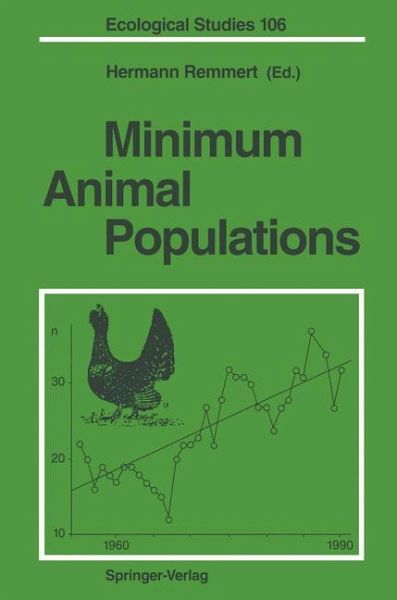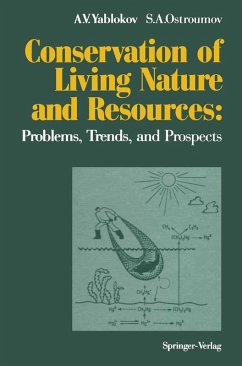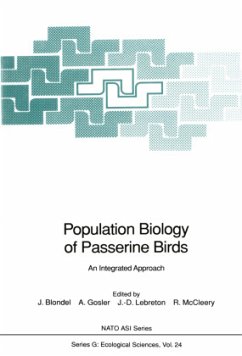
Minimum Animal Populations

PAYBACK Punkte
38 °P sammeln!
H. REMMERT Small populations are very often discussed, but there seems to be no general overview touching all the self-evident but norma,lly simply neglected problems connected with small populations. First, there are many very different types of organisms, and as every biologist should know, the problems of small populations are very different in different types of organisms. 1. In vascular plants the problems are different from the situation in birds and mammals; in marine benthic animals or in parasites such as tapeworms the problems are different again, and in seasonal planktonic animals o...
H. REMMERT Small populations are very often discussed, but there seems to be no general overview touching all the self-evident but norma,lly simply neglected problems connected with small populations. First, there are many very different types of organisms, and as every biologist should know, the problems of small populations are very different in different types of organisms. 1. In vascular plants the problems are different from the situation in birds and mammals; in marine benthic animals or in parasites such as tapeworms the problems are different again, and in seasonal planktonic animals or insects they are different from those in biotopes under constant conditions. In tapeworms or in vascular plants, an adult organism seems to be comparable to a population of mammals or birds because its offspring can be so diverse and plentiful. 2. There are small populations which explode and break down to a small population again, and then explode and break down again.














